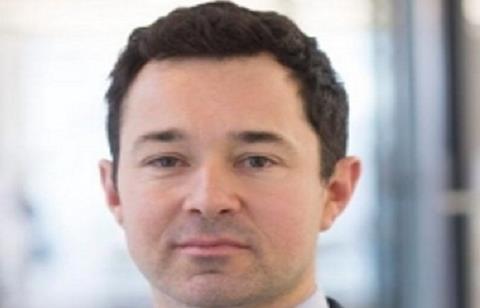
Employers are now actively planning for the return to work under our phased release of lockdown. For some sectors, this means tentative steps into the workplace, be that a shop or factory in June. For others, it will mean preparing offices for low density working and working out safety protocols and which roles take priority. For those with knowledgeable employees who have successfully worked at home, it is working out how to continue to adapt for remote working.
Organisations are discovering that coming out of lockdown is clearly more difficult than going into it. There is much planning and scenario modelling behind the scenes. Organisations will be keeping a close eye on potential changes to the ‘R’ number, second waves of the virus, and local lockdowns. But it is the bigger questions about what the new workplace will look like and how do we harness some of the good things we have learned that will preoccupy many for the next few weeks.
There are probably three phases. Right now, organisations are still in ‘reorganise’. This means working out what locations to reopen, identifying who would benefit most from a return to the office, and then making sure the workplace can operate with social distancing in place. Some have temperature checks in place and others are considering testing: basic practicalities and safety measures. I can see that food shops and cafes in the high street have already adapted well, with new roles created to manage people traffic.
The next phase is ‘recovery’ as activity will slowly ramp up as the government’s furlough scheme winds down. But operating models will change. Organisations will recognise that additional support will be needed in key areas, such as online and redeploying people. New policies will emerge around travel, performance and recognition. I am hearing that the size of the office estate will be reviewed and the office itself will become a place for collaboration and connection.
Then we will move into the ‘repair’ phase. This is where HR comes into its own. Work has to be reimagined, and the pandemic will accelerate the deep changes that many of us have been talking about for a while. Strategic workforce planning will come to the fore. How we pay people, how we mobilise and train individuals. Benefits too will see an overhaul as many of us will prioritise wellbeing, flexibility and learning over incentives.
This is likely to mean a new employee value proposition (EVP) being created. Success for organisations will depend on the ability to adapt and embrace these massive changes and use this to unlock productivity in their people.
Alastair Woods is a partner in PricewaterhouseCoopers (PWC)'s people and organisation practice



